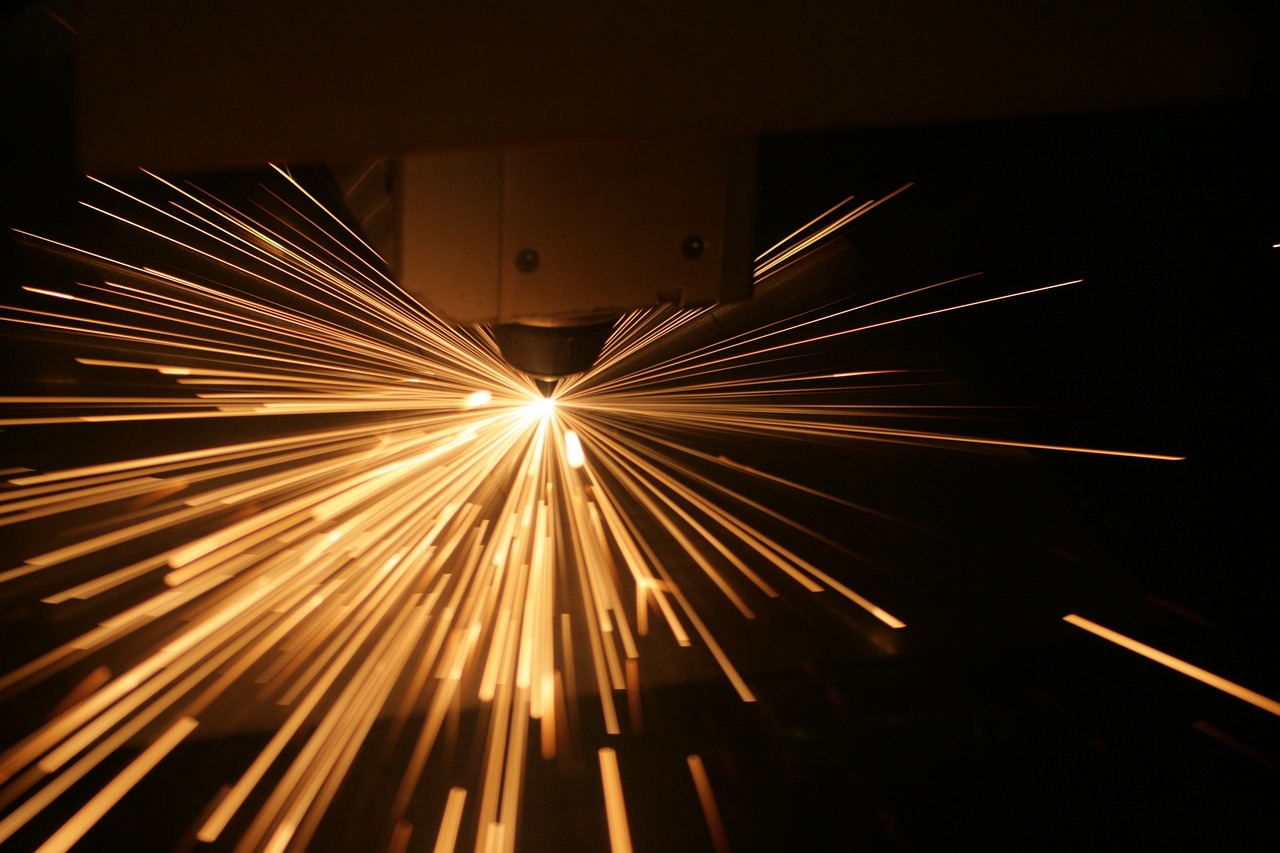Traditional welding once relied on intense natural heat and skilled hands to forge metal connections. But times change, and technology evolves rapidly. Today, modern welding techniques transform industries by introducing precision, speed, and efficiency.
From robotics to laser beams, these methods revolutionize how we build and maintain infrastructure across automotive, aerospace, electronics – and beyond. Each new approach unlocks unique possibilities while meeting ever-growing demands for stronger, lighter materials in complex designs.
Let’s explore the world of contemporary welding techniques in more detail.
Combination Welding: Melding Techniques for Metal Mastery
Combination welding blends various processes to suit specific tasks in infrastructure projects.
Imagine needing a repair on a bridge. A welder might use TIG (Tungsten Inert Gas) welding for precise, clean joints when appearance matters. Then, they may switch to MIG (Metal Inert Gas) welding for speed and efficiency on less visible areas.
This mix adapts seamlessly to different conditions and materials, ensuring robust repairs and maintenance of metallic structures like pipelines or building frames.
The technique’s flexibility cuts downtime by addressing each project’s unique challenges with tailored solutions – crafting resilient connections that withstand time and pressure effectively!
So, if you’re perhaps contemplating becoming a welder, you might like to consider a course like South Texas Vocational Technical Institute’s Combination Welding Program. The Welding Program helps to prepare you for a career in construction and maintenance where combination welding skills are required.
Robotic Welding: Enhancing Efficiency in Production Lines
Robotic welding transforms modern manufacturing by automating repetitive tasks and boosting speed and accuracy.
Picture a car assembly line; robotic arms consistently execute precise welds, reducing human error.
This efficiency frees skilled workers to focus on more intricate jobs while robots handle mass production’s demanding pace.
With advanced sensors and programming, they adapt to diverse welding techniques – such as TIG for finesse or MIG for speed – on the fly.
As companies seek consistency and higher output, robotic welding becomes crucial in sectors like automotive and aerospace.
Laser Beam Welding: Precision at Light Speed
Laser beam welding offers unmatched precision for industries requiring meticulous detail.
This technique focuses intense laser light to melt and join metals, creating fine seams – which are ideal for electronics and medical devices.
The concentrated energy allows welds in hard-to-reach places, opening possibilities in complex designs like aerospace components or micro-machinery.
Plus, its speed surpasses traditional methods, making it suitable for high-volume production lines needing exactness and rapid turnaround.
As technology evolves, laser beam welding stands as a vital tool in precise manufacturing challenges.
Friction Stir Welding: Joining Without Melting
Friction stir welding (FSW) joins materials by stirring them together without melting, offering unique benefits.
This solid-state process particularly excels in welding aluminum.
FSW’s precision results in high-strength seams with minimal defects or distortions.
As a rotating tool softens and blends the edges of two pieces, it creates seamless bonds suitable for critical applications like aerospace or automotive structures.
The technique also reduces energy consumption since there’s no need to reach melting points.
With its robust joints and eco-friendly approach, FSW remains an innovative solution in modern engineering projects.
Magnetic Pulse Welding: Leveraging Electromagnetic Forces
Magnetic pulse welding (MPW) uses electromagnetic forces to create solid joints without heat. It’s perfect for joining dissimilar metals like aluminum and copper in electrical applications, where traditional methods might falter.
Picture producing intricate battery connectors; MPW’s rapid pulses force materials together at high speed, creating a strong bond instantly.
This technique not only prevents thermal distortion but also maintains the integrity of each material’s properties – so, it’s ideal for precision industries like electronics and aerospace.
With MPW’s quick cycle times and minimal prep requirements, manufacturers gain enhanced efficiency (just like they can improve efficiency with conveyor systems) while maintaining quality.
Additive Manufacturing with Welded Components
Additive manufacturing can integrate welded components to enhance structure and functionality.
By building parts layer by layer, manufacturers achieve intricate designs previously impossible. Imagine constructing a lightweight aerospace bracket; incorporating welded elements strengthens key areas without added bulk.
Techniques like laser welding allow seamless integration of different metals within a single printed part, expanding design possibilities while maintaining structural integrity.
This blend of additive methods and welding accelerates prototyping and customization in industries from automotive to medical devices.
As innovation continues, the fusion of these technologies promises unprecedented advancements in product development and manufacturing efficiency.

